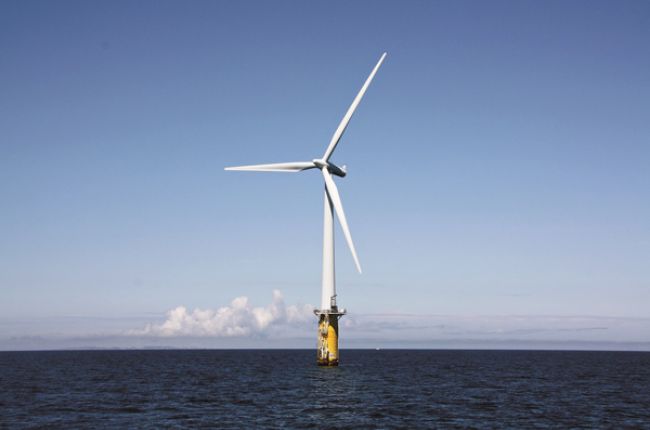Offshore wind energy(OWE) could play a major role in South Africa’s energy mix but its full potential is yet to be attained, a new study has shown.
The study by Stellenbosch University Department of Mechanical and Mechatronic Engineering and published in Journal of Energy in Southern Africa also identifies locations suitable for Offshore wind energy in South Africa.
These are the ideal locations for offshore wind energy generation:
- Richards Bay – Within the 10 km coastline buffer and approximately 15 km offshore south of Richard Bay.
- Durban – Within the 10 km buffer and approximately 25 km offshore of KwaDukuza.
- Struisbaai – Within the 10 km buffer zone and approximately 15 km offshore.
“This paper adopted a GIS-based multi-criteria evaluation (MCE) technique to identify the most suitable offshore wind development sites within the South African Exclusive Economic Zones)EEZ,” said the report presented by researchers Gordon Rae and Dr Gareth Erfort.
The annual energy production (AEP) estimates determined by this study are summarised below. They were calculated with the minimum wind quality limitations applied:
• Scenario 1: 44.52 TWh available at depths
less than 50 m.
• Scenario 2: 2 387.08 TWh available at
depths less than 1 000 m.
• Scenario 1a: 15.42 TWh available at depths
less than 50 m with the restrictive policy applied.
• Scenario 2a: 2 321.54 TWh available at
depths less than 50 m with the restrictive
policy applied.
According to Eskom (2019), South Africa’s annual electricity consumption is approximately
297.8 TWh. By converting the above AEP figures to a percentage of South Africa’s annual electricity consumption, it is calculated that the estimated AEP for Scenario 1 could theoretically meet 14.9% of South Africa’s electricity demand.
Similarly, the estimated AEP available in Scenario 2 could theoretically satisfy South Africa’s annual electricity demand eight times over. Based on the findings of this study, it is clear that OWE has significant potential to play a fundamental role in South Africa’s future power security and decarbonisation strategies.
“This study has established that there is significant OWE resource available within South Africa’s exclusive economic zone that need to be tapped especially considering that South Africa has an ageing coal power fleet, which will gradually be decommissioned over the next 30 years,” says the report.
In Summary
The study revealed that South Africa has an annual offshore wind energy production potential of 44.52 TWh at ocean depths of less than 50 m (Scenario 1) and 2 387.08 TWh at depths less than 1 000 m (Scenario 2).
Furthermore, a GIS-based multi-criteria evaluation was conducted to determine the most suitable locations for offshore wind farm development within the South African EEZ. The following suitable offshore wind development regions were identified: Richards Bay, KwaDukuza, Durban, and Struis Bay.
Based on South Africa’s annual electricity consumption of 297.8 TWh in 2018, OWE could theoretically supply approximately 15% and 800% of South Africa’s annual electricity demand with offshore wind development Scenario 1 and 2 respectively.
Also Read
Nigeria mulls construction of Largest Methanol Plant in Africa
Construction to commence on the Liberia Inland Storage Facility

